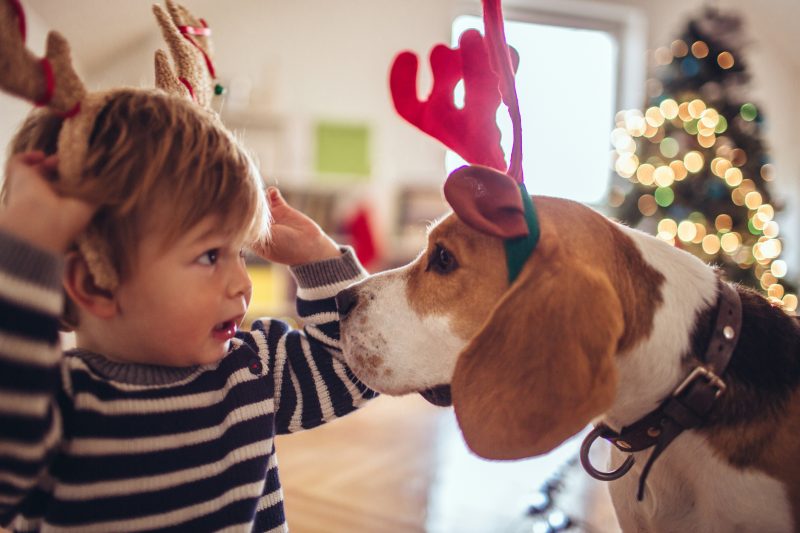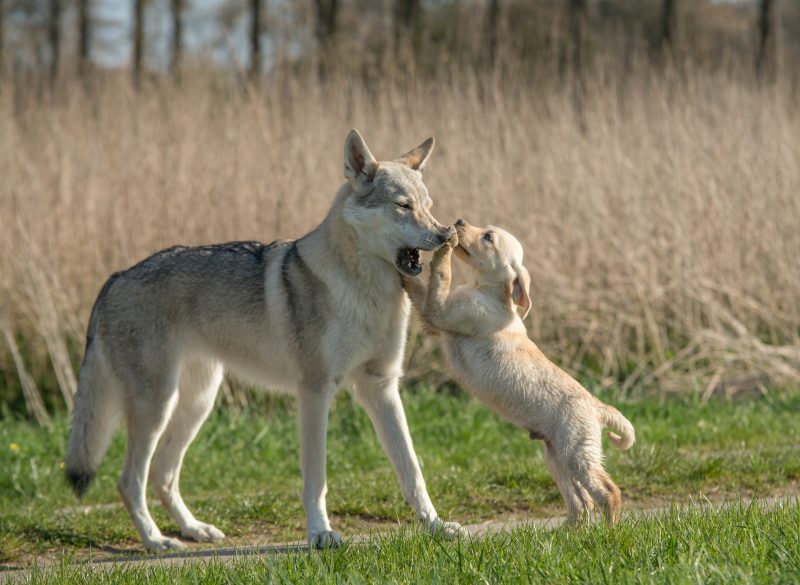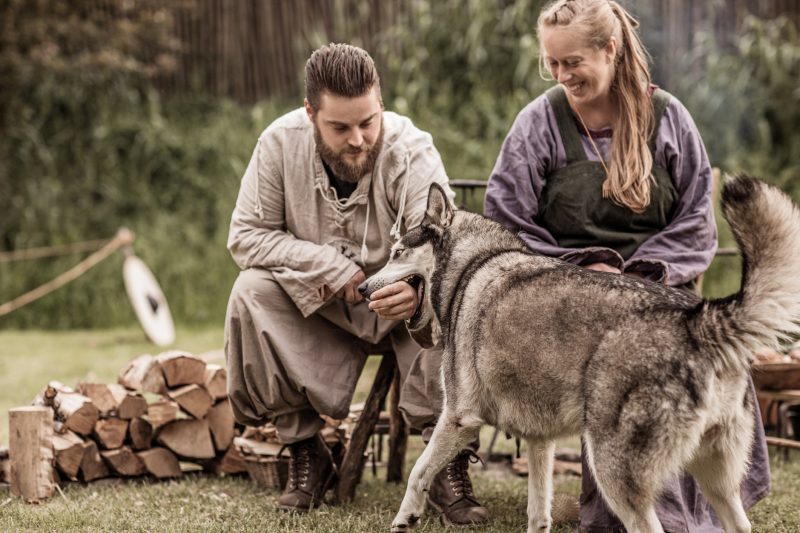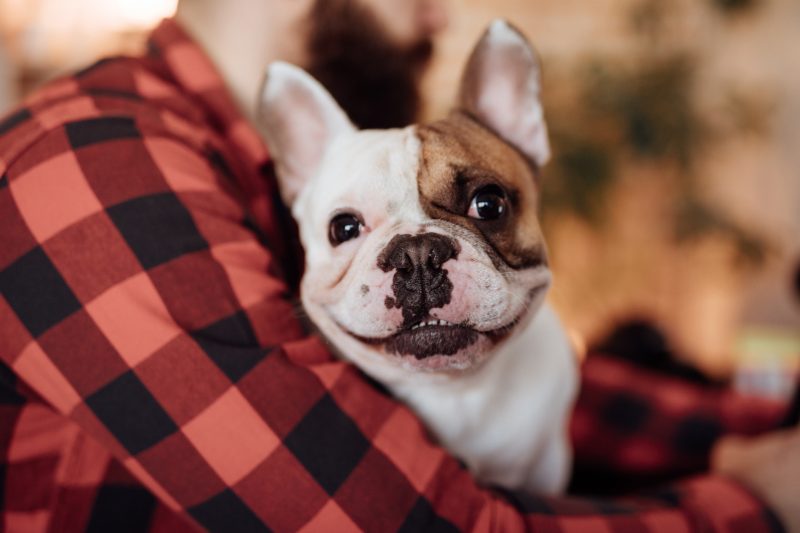Puppy Dog Eyes Have Worked Their Magic for Thousands of Years
People love their dogs. We spend huge amounts of money on them – not just on things like food but also on toys, clothes, day care services, and all sorts of other luxuries. Some dog owners take their animals with them pretty much everywhere, including in stores and on fancy vacations. The bond between humans and dogs is well known, but what many may not know is how far back in time that bond goes.

Anthropologists studying an ancient cemetery near Lake Baikal in Russia not only found the remains of dogs but evidence that they were treated the same way as humans when they died, according to the Siberian Times. Robert Losey, an anthropologist from the University of Alberta, noted that they found canine graves where the remains had been “placed carefully in a grave, some of them wearing decorative collars or some of them next to other items like spoons, with the idea being, potentially, that they had souls and an afterlife.”

Chemical analysis of some of the bones, which were 5,000–6,000 years old, showed that the dogs had been fed the same food as the humans living at the settlement. Losey takes the burials he has seen and the information about the animals’ diets as clear signs that people loved their dogs and that the dogs held special places in the communities even back then. Losey has found evidence across the Siberian Arctic of dogs that were wearing harnesses such as those used for pulling sleds. This suggests that dogs were considered working partners, not just companions, and there is evidence that this relationship goes back more than 30,000 years.
It’s a long-standing bond, but how did our love affair with dogs develop? A 2016 article in the Heritage Daily explored the question of how dogs and humans began their millennia-long path together.
It really is about chemistry. A group of researchers in Japan discovered that both dogs and human release the hormone oxytocin when they look into each other eyes – the same chemical that is released when mothers look at their babies. The study further showed that higher levels of oxytocin are released when making eye contact than when petting or talking to the dog. Puppy dog eyes really do have power over the human mind.

Modern dogs are thought to have descended from the Eurasian grey wolf, of which a sub-species split off and started hanging around humans about 30,000 or 40,000 years ago. Losey says this was likely to be of the wolves’ own choosing, without any particular intervention from humans. They could have begun by hanging around the cookfires. As they gradually became more relaxed around people, the people realized the positive potential of partnerships with the animals and began conscious domestication and selective breeding. By somewhere between 10,000 and 15,000 years ago, the wolf was genetically identical to the modern dogs of today.

National Geographic also says it may well have been the dogs that chose us and not the other way around. Consider that when the wolf was being domesticated, humans weren’t particularly tolerant of other top-tier carnivores and had already wiped out a number of species such as giant hyenas and saber-toothed cats. Humans certainly also have a long history of getting rid of wolves rather than adopting them. Over the last several centuries, wolves have been hunted nearly to extinction by just about every culture that shares a habitat with them, so how is it that some got to hang around long enough to start forming personal attachments?
Particularly aggressive wolves would have been killed as threats to human safety and competition for hunting meat. It stands to reason, then, that the wolves came to us first. Evolution may be the survival of the fittest, but in this case, the “fittest” probably meant the most friendly.

Those friendly wolves that started spending time with humans started to look different very early on in their domestication. In only a few generations, they started to get floppy ears, wagging tails, and color variations that set them easily apart from their more aggressive and still wild relations. There was one other major, critical change that came about as a result of domestication. Dogs began to develop an uncanny knack for reading the gestures and body language of their owners.

Dogs are more attentive to these cues than even other apes are. This focus and attentiveness is what gives people the ability to communicate so closely with their dogs. As dogs and humans got better at silent communication, dogs’ usefulness as hunting companions or as protectors sharply increased, and so did the opportunities to continue to deepen those bonds. Dogs have shaped our development as we have shaped theirs.





